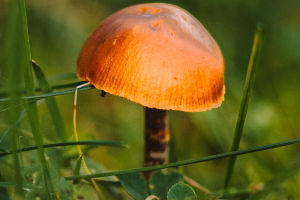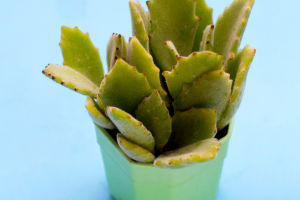Mushrooms, commonly referred to as fungi, are a type of basidiomycete fungi, characterized by their above-ground reproductive structures known as fruiting bodies.
These fruiting bodies, or sporocarps, emerge above ground and resemble umbrellas inserted into the soil.
Below ground, there is a white, filamentous network called mycelium, which serves as the nutritive body of the basidiomycete, distinct from its reproductive organs.
Under specific temperature and humidity conditions, the mycelium acquires sufficient nutrients and begins to form fruiting bodies. Initially, these appear as egg-like structures protruding from the ground, rapidly developing into mature fruiting bodies with features such as caps, stems, gills, and rings.
Mature fruiting bodies exhibit considerable variation in shape, size, height, color, and texture. They can range from large specimens with diameters of around 40 centimeters and heights of around 50 centimeters to small ones measuring less than half a centimeter in diameter and one centimeter in height.
The "umbrella top" of a mushroom, known as the cap, is the most prominent part of the fruiting body, resembling a hat. Caps come in various shapes, including bell-shaped, conical, hemispherical, flat, and funnel-shaped.
Their colors are diverse, spanning white, yellow, brown, gray, red, green, purple, and various mixed hues. Caps may exhibit differences in color between their center and edges, as well as variations in surface texture, ranging from dry to moist or sticky, smooth to rough, and adorned with various appendages such as hairs, ridges, or scales.
The shape of the cap's edge can vary, with differences between juvenile and mature specimens. Mature caps may display characteristics such as inward curling, outward curling, upturning, or extending. Their edges may be either smooth and regular or wavy and irregular, even torn. The cap surface is covered by a layer of skin, within which mycelial filaments containing different pigments give rise to the diverse colors observed.
Beneath the skin lies the flesh of the mushroom, typically composed of elongated filamentous hyphae, although some species may have enlarged vesicular hyphae. The color of the flesh and its changes upon injury vary depending on the species; generally, it appears white or off-white, sometimes yellow or red.
The "umbrella skeleton" of the mushroom, known as the hymenophore, comprises the part beneath the cap where spore-producing structures develop. This region can be either lamellate, forming gills, or tubular, forming pores. Gills radiate from the center of the cap, connecting to the top of the stem, and extend outward to the edge of the cap. Alternatively, they may be located on either side of the inner surface of tubular structures.
The "umbrella stem" of the mushroom consists of the stalk, partial veil, and annulus. Stems typically emerge from the center of the cap, although some may be eccentric or lateral. Stems vary in texture, ranging from fleshy to wax-like, fibrous, or brittle, and can be either firmly attached to the cap or easily separable.
They also exhibit a wide range of colors and shapes, such as cylindrical, club-shaped, spindle-shaped, or club-shaped, with lengths ranging from 1 centimeter to 50 centimeters and diameters from 1 millimeter to 12 centimeters.
Understanding these structures is the first and crucial step in identifying mushrooms. Given the vast diversity within the fungal kingdom, proper identification is essential, especially considering that many mushrooms are toxic. Never consume mushrooms without proper knowledge and identification.


